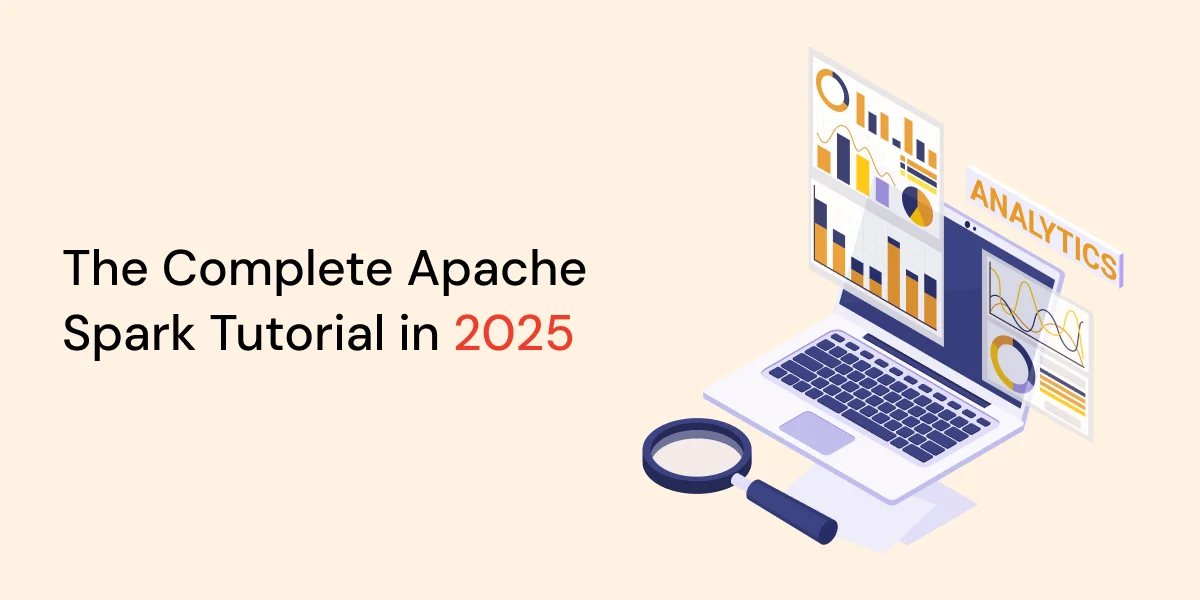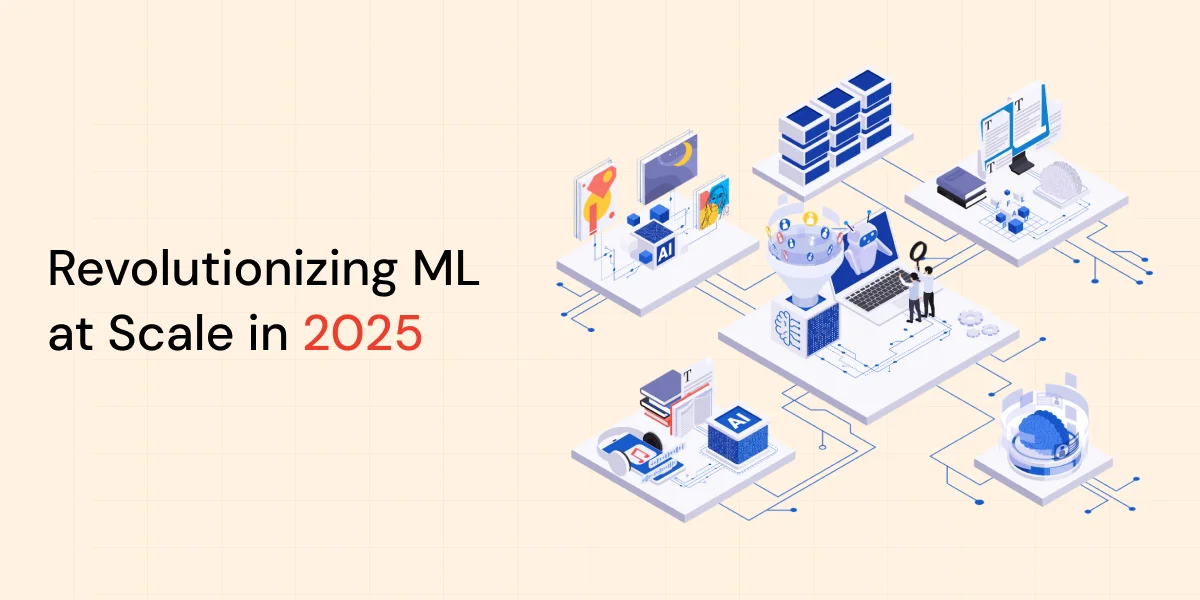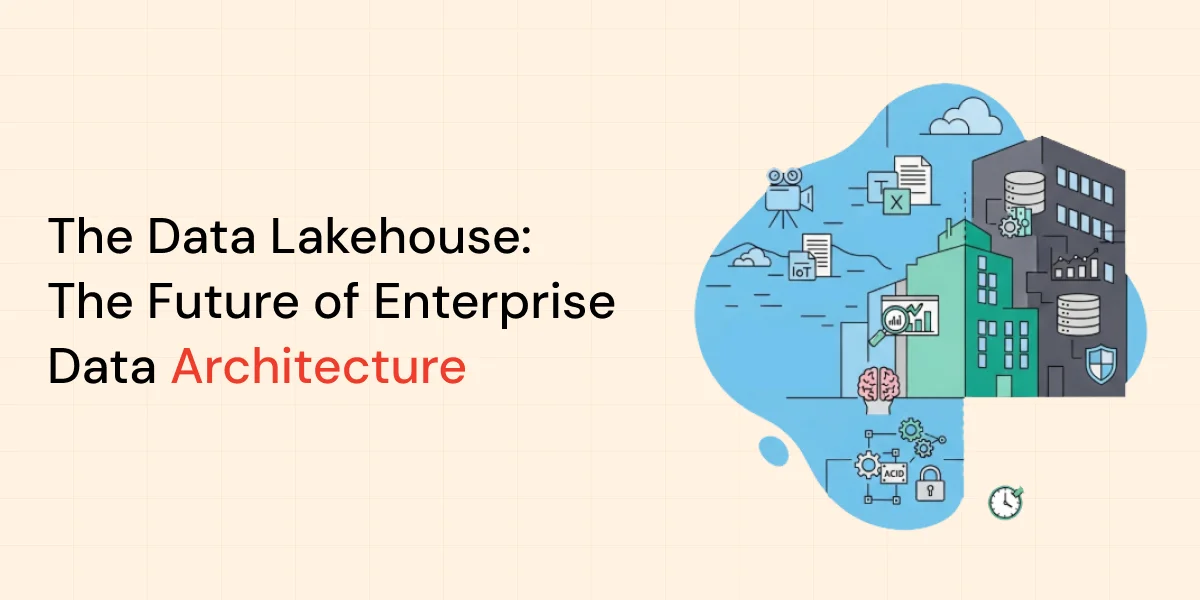The year 2024 marked a pivotal moment in artificial intelligence evolution, with breakthroughs occurring at an unprecedented pace across multiple domains. From generative AI to knowledge graphs, the technological landscape is shifting faster than ever before.
In this rapidly evolving environment, Gartner’s Hype Cycle for Artificial Intelligence serves as a crucial guide for business leaders and technology strategists. As a strategic planning tool, the Hype Cycle offers invaluable insights into the maturity, adoption metrics, and business impact of various AI technologies.
What makes Gartner’s AI Hype Cycle particularly noteworthy? According to Afraz Jaffri, Senior Director Analyst for Data Analytics and AI at Gartner,
What stood out immediately was the distribution of innovations. There’s a high concentration of profiles around the ‘Innovation Trigger’ and ‘Peak of Inflated Expectations,’ while relatively fewer are past the ‘Trough of Disillusionment.’
This distribution reflects the unprecedented pace of AI innovation in recent years.
The Hype Cycle reveals a dynamic landscape where some technologies rapidly progress toward productivity, while others face setbacks or fail to meet expectations. A key pattern emerging is how AI technologies are becoming increasingly “invisible,” seamlessly integrating into everyday applications without users necessarily realizing their presence.
In this comprehensive analysis, we’ll explore:
- The current state of Generative AI and its journey beyond peak expectations
- The emergence of key technologies like AI Engineering and Knowledge Graphs
- The rising importance of Composite AI in enterprise architecture
- Critical implementation challenges and strategic considerations
- Practical recommendations for business leaders navigating the AI landscape
Whether you’re a technology leader, business strategist, or innovation enthusiast, understanding these trends is crucial for making informed decisions about AI investments in 2025 and beyond.
Understanding the Hype Cycle
The Gartner Hype Cycle is a graphical representation of the typical progression of a technology from its initial inception to mainstream adoption. It consists of five key phases:
- Technology Trigger – A technological breakthrough, public demo, or product launch generates significant media and industry attention.
- Peak of Inflated Expectations – Enthusiasm reaches a high, often fueled by unrealistic expectations and early success stories.
- Trough of Disillusionment – Initial promises fall short, implementation challenges emerge, and interest wanes.
- Slope of Enlightenment – Through focused experimentation and practical application, a clearer understanding of the technology’s value and limitations emerges.
- Plateau of Productivity – The technology achieves mainstream adoption, demonstrating proven benefits and delivering tangible value.
Technologies move through these stages at different speeds, with some rapidly reaching the plateau while others linger in the trough or disappear altogether.
Key Observations from the 2024 AI Hype Cycle

Concentration of Innovations
This year’s Hype Cycle highlights a heavy concentration of AI innovations around the “Innovation Trigger” and “Peak of Inflated Expectations.” This indicates a period of rapid technological advancement, while fewer technologies have progressed past the “Trough of Disillusionment,” signaling that many AI applications are still maturing.
The Rise of “Invisible AI”
AI is increasingly integrated into everyday applications, often operating behind the scenes. Examples include:
- Predictive text and personalized recommendations
- Automated forecasting tools
- Seamless enhancements in digital experiences
Podcast Insight: Afraz Jaffri highlighted that “Invisible AI” is where the real value lies—simplifying complex tasks and improving efficiency without drawing attention to itself.
Generative AI: Beyond the Peak
Perhaps the most significant revelation is that Generative AI has moved past the “Peak of Inflated Expectations.” While this technology continues to show transformative potential, expectations are being recalibrated to align with practical realities. As Jaffri explains:
The hype is subsiding, and there’s a shift towards understanding its real value and limitations. It’s seen more as an augmentation tool rather than a wholesale replacement of jobs.
Organizations are discovering that Generative AI’s journey to productivity faces several challenges:
- Addressing inaccurate outputs
- Managing system brittleness
- Controlling large models effectively
- Navigating ethical and societal concerns
- Implementing proper security measures
The Rise of Composite AI
One of the most promising developments is the emergence of Composite AI as the foundation for future AI architectures. This approach combines multiple AI methodologies—including machine learning, natural language processing, and knowledge graphs—to create more robust and adaptable solutions.
The power of Composite AI lies in its distributed approach to problem-solving. By not relying on a single technique, organizations can:
- Achieve more accurate predictions and decisions
- Handle complex, unstructured data more effectively
- Create more scalable solutions
- Reduce single points of failure
Key Technologies on the Move
Two technologies have shown particularly notable movement in this year’s Hype Cycle: AI Ops and Knowledge Graphs. AI Ops is the foundational technology is crucial for scaling AI and Generative AI deployment in enterprises while Knowledge Graphs aid enterprises in organising data and establishing relationships.
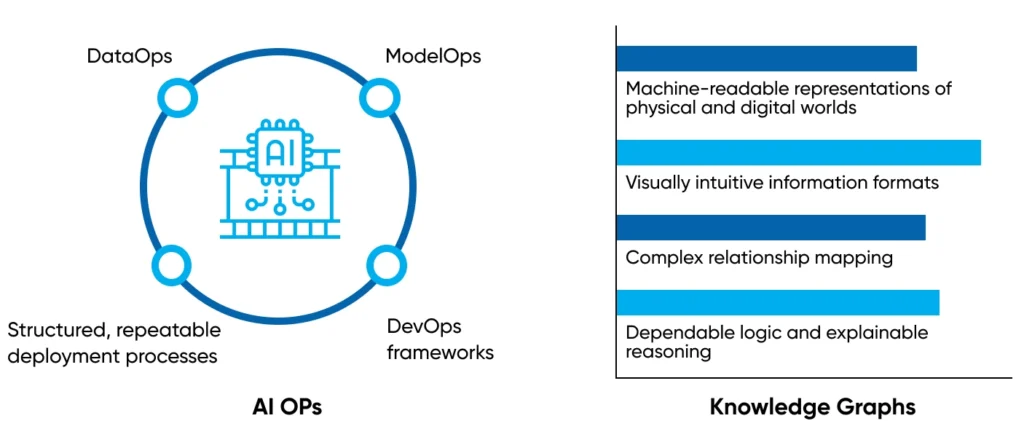
Implementation Challenges and Considerations
As AI becomes more integral to enterprise processes, organisations face several critical challenges pertaining to Data Governance and Scaling of Applications
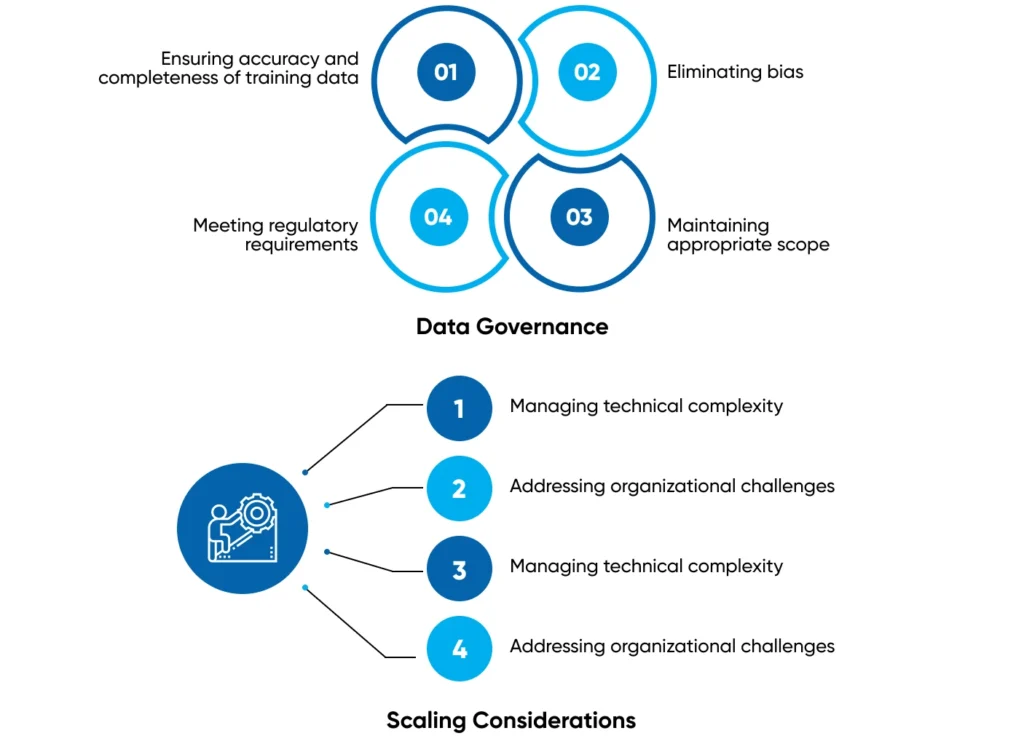
Key Takeaways for Business Leaders
- Diversify AI Strategy: Explore a range of AI technologies beyond Generative AI.
- Embrace the “Trough of Disillusionment”: Recognize this stage as an opportunity for refinement and innovation.
- Invest Thoughtfully: Prioritize AI projects with clear business value and scalability potential.
- Focus on Ethics: Develop robust frameworks for Responsible AI to address transparency and fairness.
Looking Ahead: The Next 2-5 Years
Most profiles on the Hype Cycle, including Generative AI, are expected to reach the Plateau of Productivity within two to five years. However, as Jaffri emphasizes,
The plateau will reflect recalibrated expectations rather than the lofty promises from its peak.
Conclusion
The 2024 Gartner Hype Cycle for Artificial Intelligence reveals that AI’s impact extends far beyond the GenAI phenomenon. Organizations that take a balanced, strategic approach—considering the full spectrum of available technologies and focusing on practical implementation—will be best positioned to derive value from AI innovations.
As Jaffri concludes,
The key takeaway is that AI is much broader than GenAI. Enterprises should take a balanced approach, exploring a variety of AI technologies and reframing projects to align with realistic capabilities. The ‘Trough of Disillusionment’ shouldn’t be seen as the end of innovation—many technologies that emerge stronger from the trough deliver significant value.


